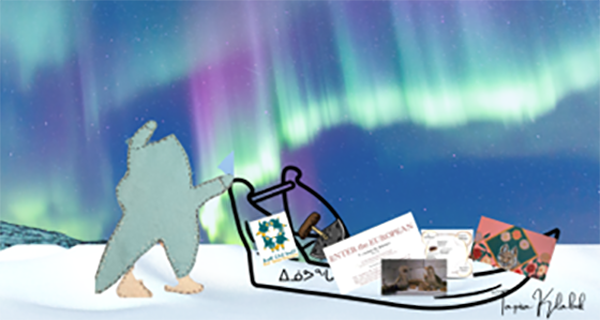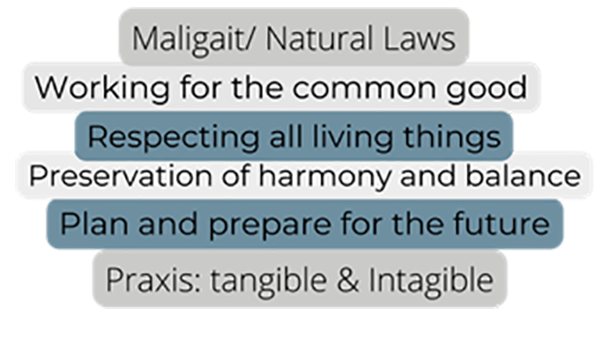Tungnasuiit - you are welcomed to be grounded here. This is an introductory level learning module to support the exploration of Inuit Ways of Being, Knowing, Doing, and Relating in university teaching and learning contexts.
You will be able to
- Identify some of the unique Ways of Knowing, Being, Doing, and Relating in Inuit culture, as distinct from other Indigenous communities in Turtle Island
- Learners become familiar with the i of FNMi (First Nations, Metis and Inuit).
- Develop a set of skills to integrate Inuit specific content.
- Adapt to the rhythms and cycles to live in harmony.

In this module, you will find:
- 3 lessons
- 3 worksheets
- Additional readings and resources
Content type
- Video & Audio
- Meaningful and Intentional Images
- Inuit Voices at the forefront
- Mainly Non-Academic Resources supported by
- Academic related content.
Share your feedback
Let us know about your experience working through this module. Your feedback helps us to improve our learning modules.
The Purpose: Inuuqatigiisiarniq – to live in harmony with others
This learning module was created and implemented to respond to a gap in Indigenous specific content for teaching and learning opportunities in our academy.
I don't know if calling it "our" academy communicates the intended message. Since "the" academy has systematically excluded Indigenous people for centuries. In decolonizing literature, many Indigenous scholars do not consider the Western university to belong to them. They often describe it as a hostile place that reproduces colonial harms. Since, this learning module is centring Inuit voices, I will leave this up to you. Do you want to refer to the academy as "our" academy?
Inuit are one of three groups considered under the widely used term Indigenous in what we call Canada. However, Inuit are widely misrepresented or not represented at all in university curriculum design and course content. This work arose from a personal journey of mine as a Inuk student majoring in International Indigenous Studies at the University of Calgary.
My engagement in this work started with relationships with my family and community, and with faculty and staff here at the University of Calgary . I began by asking the question “why is there a dearth of Inuit ways of being, knowing, and doing in university curricula and how could Inuit Ways be integrated?” In short, their responses were like “yeah, where is it?” and their actions moved to the right places.
Uumaniq – to live; or the relational idea of the concept principle of life/life force
A key value for this module is to uphold the preservation of keeping, maintaining and balancing harmony. It is so highly revered that it is one of the four laws of the natural law system that is known as Maligait. Inuit Elders describe Maligait as the most fundamental set of laws in Inuit society; these laws respect our place in the universe, the environment, and society. These laws speak to interconnectedness in the world and the spiritual support available to aid in survival. The natural laws are best described as the core laws of relationship that govern how we connect to other people and how we connect to the environment.
this is a lot of similar words "uphold the preservation of keeping, maintaining" Could it be shortened to "A key Inuit value is to keep, maintain, and balance harmony."

Akaujumiiqatigiinniq - Maintaining Harmony
Existing together communally is the reason harmony is a foundational element throughout this module.
These learning modules were created to honour the teachings that have been offered, practiced, and passed along generationally since time immemorial.
Harmony is critical to keep and respect our relationships.
Author
Author Name
Title




